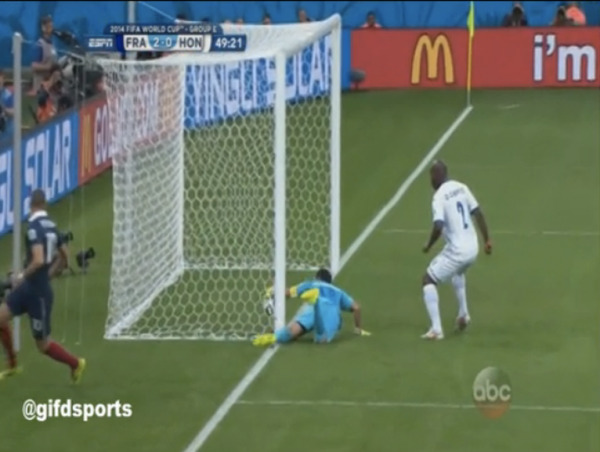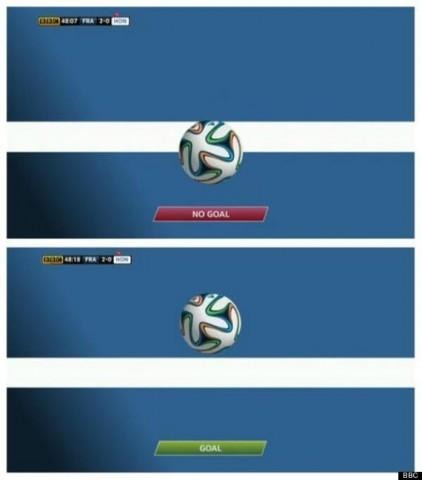New goal-line tech at FIFA causes confusion
It may have been lauded for having finally stepped into the 21st century and embraced technology, but FIFA might be feeling a tinge of regret right now. While the newly implemented goal-line tech showed a goal, awarding France its victory over Honduras, many people who claimed to have seen or seen the replay claimed otherwise.
Imagine the atmosphere in the stadium. France was leading Honduras 1 to nil. Karim Benzema, who already gave France its first goal, took another shot. The ball, however, first hit a post, clearly outside the goal. But the ball also hit Hondurian goalkeeper Noel Valladaras and then started to make a trajectory into the gaol. Valladaras frantically tried to scoop out the ball, but to no avail. GoalControl, the first goal-line technology to be used in FIFA World Cup history, declared a goal, much to the shouts of discontent from fans of the losing team.

FIFA had long been seen as a dinosaur when it comes to adopting technology to better the lives of its players and officials, when most major sports already did. Last year, however, it finally caved in and approved the use of goal-line technology to be used at this year's World Cup, which is now being held in Brazil. The contract for the tech was awarded to German company GoalControl Gmbh in April and work began to integrate the 14 cameras, 7 focused on each goal, into the stadium.
Theoretically, such an advancement, which doesn't rely on fallible human eyesight or judgment would be welcome. In practice, it could be a cause for contention and confusion. In particular, the GoalCenter replay showed two images, one indicating No Goal, and another showing the opposite. The first was shown for the time when the ball hit the post and was still in the playing field. The second was when the ball actually crossed the line. However, it was enough to generate confusion and cast doubts on the accuracy of the technology. Football, or soccer in the US, also has a peculiarity that makes tech all the more crucial and equally controversial. In this game, the referees call is final, even if a replay would later show otherwise. There is just no way to reverse a decision.

This will most likely boil down into a man vs. machine kind of debate, where human judgment is pitted against computers and sensors, which are not exactly 100 percent infallible. That the technology is also new, at least in FIFA, will also most likely be a point of discussion. But in cases like this, which involve split-second changes and millimeter differences, the question also becomes whether you will trust eyeballs that can only see from limited distances and angles, or cameras and computers that were designed to be as accurate as possible, down to the last iota.
VIA: CNET, Huffington Post
